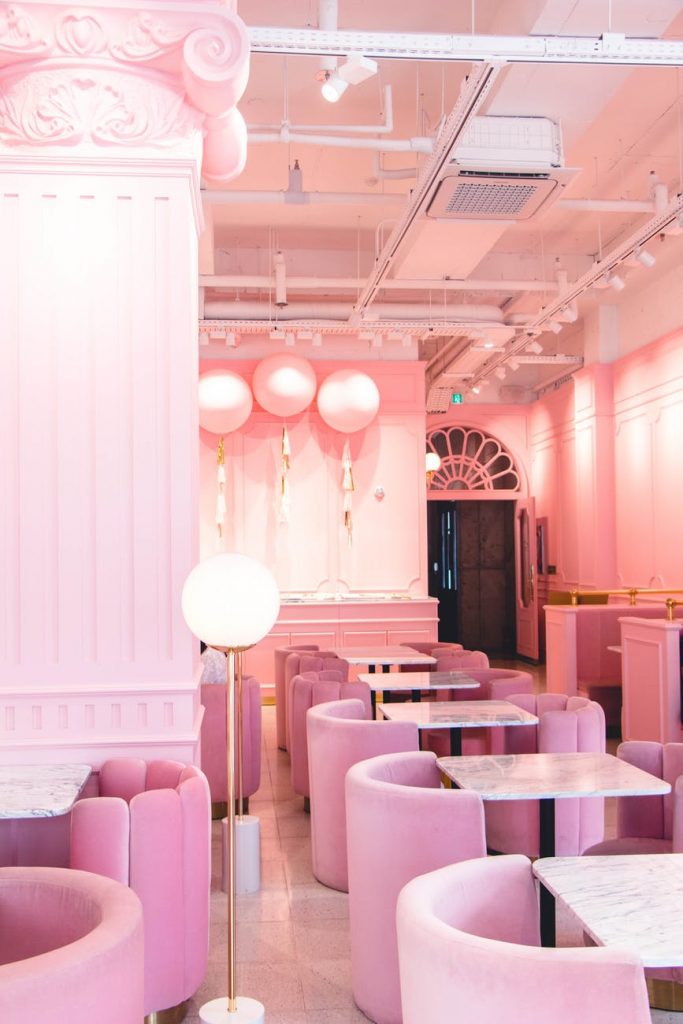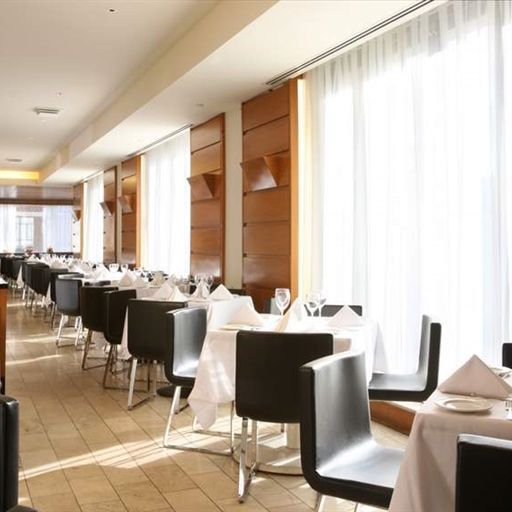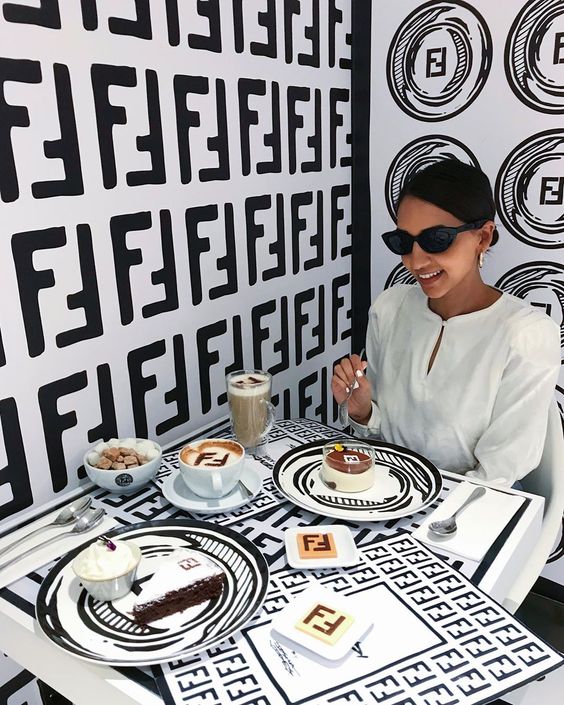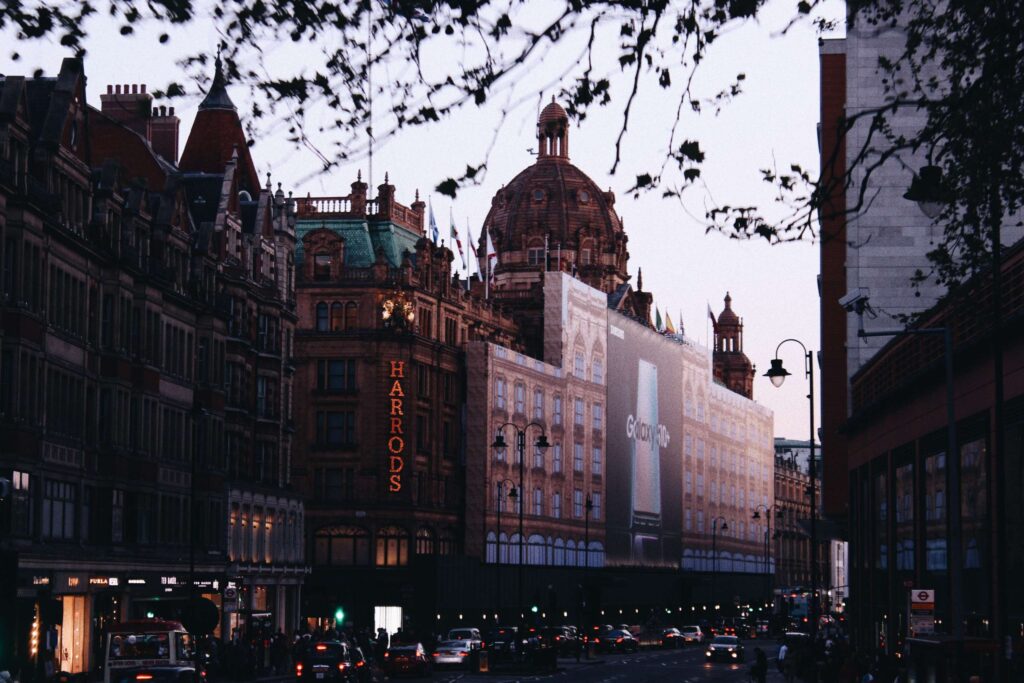In the past few years, more brands have emphasized experience and design in attempts to curate the perfect “Instagrammable” retail setting. Experience has become an integral part of the strategy that has aided brick-and-mortar stores to withstand the instability brought about by e-commerce, and cater to the behavioural disparities seen in millennials and gen-z. Interior design forms a key aspect of the experience, fuelling guerrilla tactics that are guaranteed to prompt social sharing via e-WOM and user-generated content.
The ‘Millennial pink’ phase saw a series of stores and restaurants using the same hue of pink excessively to draw consumers towards photo opportunities and share on social media, saving them money on advertising and PR by going viral at 0 extra costs. Restaurants such as Mama Kelly, Sketch and Elan Cafe are amongst the many that capitalised on pink interior aesthetics, and fashion brands such as Missguided, Pretty Little Thing and even Gucci have also had a slice of the millennial pink cake!

As the hunger for experience continues to blur the boundaries between hospitality and retail, fashion brands are continuously seeking to innovate their retail space by introducing lifestyle marketing to their brand strategy. Sensory marketing is essential to create an experience, as appealing to consumer senses is proven to deepen their emotional connections with the brand, which ultimately results in loyalty. By branching out into hospitality brands are ensuring that they cater to all 5 of the consumer senses, making food another brand touch-point.
Here are a few recent examples…
Fred’s at Barneys
Fred’s at Barneys have effortlessly translated fashion brands into culinary experiences with their designer burger series, the limited edition burgers are a collaboration between chef and fashion designer, embodying hybrid cultures in both taste, ingredients and presentation.
The Alexander Wang designer burger consisted of a Chinese 5 spice short rib in a Chinese style bun, served in a black bun steamer alongside black chopsticks, fortune cookies, and bubble tea which is also in collaboration with Boba Guys. The campaign celebrated the Lunar New Year and was accompanied by the hashtag #WangxBarneys, a limited edition campaign guaranteed to induce FOMO.
In recent times the restaurant has partnered with Balenciaga, whereby they created a pink “earth-friendly, biodegradable and compostable” deli bag in celebration of World Pride. On the bag was printed “Love is for everyone Balenciaga”, reminiscent of Balenciaga’s monogram style apparel and a strategic appeal to conscious consumers who align their consumption preferences with their personal values.

Citron & Oursin by Jacquemus @ Galeries Lafayette
Simon Porte Jacquemus announced his most recent restaurant opening on Instagram, with a caption that expressed “Jacquemus is not about fashion only but life.” Oursin, his latest venture in collaboration with Caviar Kaspia is a Mediterranean restaurant located on the 2nd floor at the Galeries Lafayette, just a floor above its sister restaurant Citron Cafe. Both restaurants have an interior that corresponds to Jacquemus’ aesthetic, which are heavily inspired by nature, architecture, culture and colours, an observation that becomes very obvious with a glance at his pleasing Instagram feed.
Citron Cafe was the first of the 2, opening in March 2019. The Cafe embodies a fusion of French and Mediterranean cuisine and aesthetic, with a design that imitates a Mediterranean garden or a trip to the South of France. Decorated with lemon trees, pots and simple furniture, the menu resembles the interior with a lemon shaped desert by renowned chef Cedric Grolet.
Oursin boasts walls coated in lime, decorated with handcrafted objects designed by Jacquemus himself, inspired by the houses along the Mediterranean coasts and accompanied by a menu that consists of mainly seafood served on ceramic plates designed by Daphne Leon. Both restaurants create an immersive setting designed to teleport visitors into the places that the restaurants imitate, allowing consumers to experience the inspiration behind Jacquemus’ collections.

Fendi Caffe By Joshua Vides @ Harrods
With a monochrome installation on the 5th floor at Harrods, Fendi has curated an experience in collaboration with LA-based artist Joshua Vides, who graced the crockery, wallpaper, furniture, and floors with a graphic take on the iconic ‘FF’ monogram. The pop-up is part of a Fendi ‘summer takeover’ that is complete with a Peekaboo bar where customers can create their own bespoke versions of the bag, customising it with a selection of bodies, straps and handles.
The menu designed by Joshua Vides prides itself on Italian cuisine, consisting of sweet and savoury dishes that arrive garnished or imprinted with the ‘FF’ emblem, a strategy to influence conspicuous consumption. Visitors can choose from a selection that includes the ‘FF’ cake, coffee, focaccia and peekaboo bag-shaped biscuits. Adorning the tables were realistic peekaboo bag cakes designed by Elizabeth’s Cake Emporium, adding a colourful splash to the black and white theme. The hashtag #FendiCafe has amassed over #1000 tags on Instagram, proving the stunt to be a success!
Fendi has also collaborated with Italian ice cream company Steccolecco to produce Fendi ice cream, seen at the Selfridges pop-up store ‘Fendi Kiosk’ in 2018. The ice cream is served on a Fendi branded stick, available in various flavours and branded with the iconic ‘FF’. Similar to the pop-up cafe, the ice creams were not premium priced, making them accessible luxuries.
Brands are increasing their offering resulting in a synthesised strategy consisting of lifestyle, sensory, and experiential marketing in order to provide immersive sensory experiences that appeal to consumers emotionally thus, increasing brand loyalty. However, brands must consider the effectiveness and sustainability of this strategy, especially brands who cannot afford to tarnish their image by dabbling into a sector that is not in their line of expertise. Could the future of fashion retail be in hospitality?






